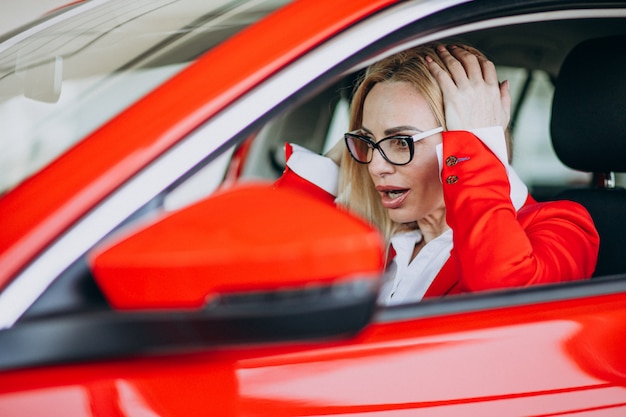Distracted Driving: The Perils of Infotainment

Chris Bush, head of experience design at UX agency Sigma, explores whether complicated car designs are turning into safety hazards.
It’s no secret that distracted driving can be deadly. Studies show that 78% of crashes and 65% of near misses happen because drivers aren’t paying attention. So, what’s causing these distractions?
Over the years, car consoles have evolved into high-tech, screen-based systems. These systems pack multiple functions into one place, like entertainment, navigation, and settings. While smartphone use gets most of the blame for distracted driving, these in-car interfaces can be just as dangerous.
This raises a crucial question: Is the push to digitize and enhance the in-car experience making driving riskier?
Death by Distraction
Research reveals that overly complicated in-car screens can divert a driver’s attention from the road for up to 40 seconds. To put that in perspective, at 48km/h, that’s covering about 533 meters—almost the length of six football fields.
Complex menu systems might be useful when the car is parked, but they become a problem when driving. Even simple tasks like changing the radio station can force drivers to take their eyes off the road, splitting their focus and increasing mental strain.
While features like GPS, radio controls, and parking aids are helpful, they should come second to driving safely. When drivers juggle these tasks, they struggle to stay alert to road hazards, heightening the risk of accidents.
The more these interfaces rely on software, the greater the potential danger. There’s a real opportunity to make driving safer by designing these systems with the driver’s needs in mind, ensuring they are easy to use without taking attention away from the road.
Digital Interfaces
As car interfaces become more digital, carmakers have different takes on how they should function. For instance, the Nissan Qashqai features a standard 17.8cm touchscreen, while the Tesla Model S sports a large 43cm screen, similar to a laptop, with a unique menu layout.
These touchscreens introduce two main issues: the variation in interface design and the need for drivers to look away from the road to use these controls. This variation can confuse drivers who are used to different systems, posing safety risks, especially in unfamiliar vehicles.
With 15.5 million car rentals happening annually in the UK, according to the British Vehicle Rental & Leasing Association, many drivers face the challenge of adapting to various in-car systems, which can add to the confusion and potential danger.
User Needs
A well-designed user interface should predict what the user needs, making the experience smooth and efficient. However, it’s important to acknowledge that not every driver will have the same preferences.